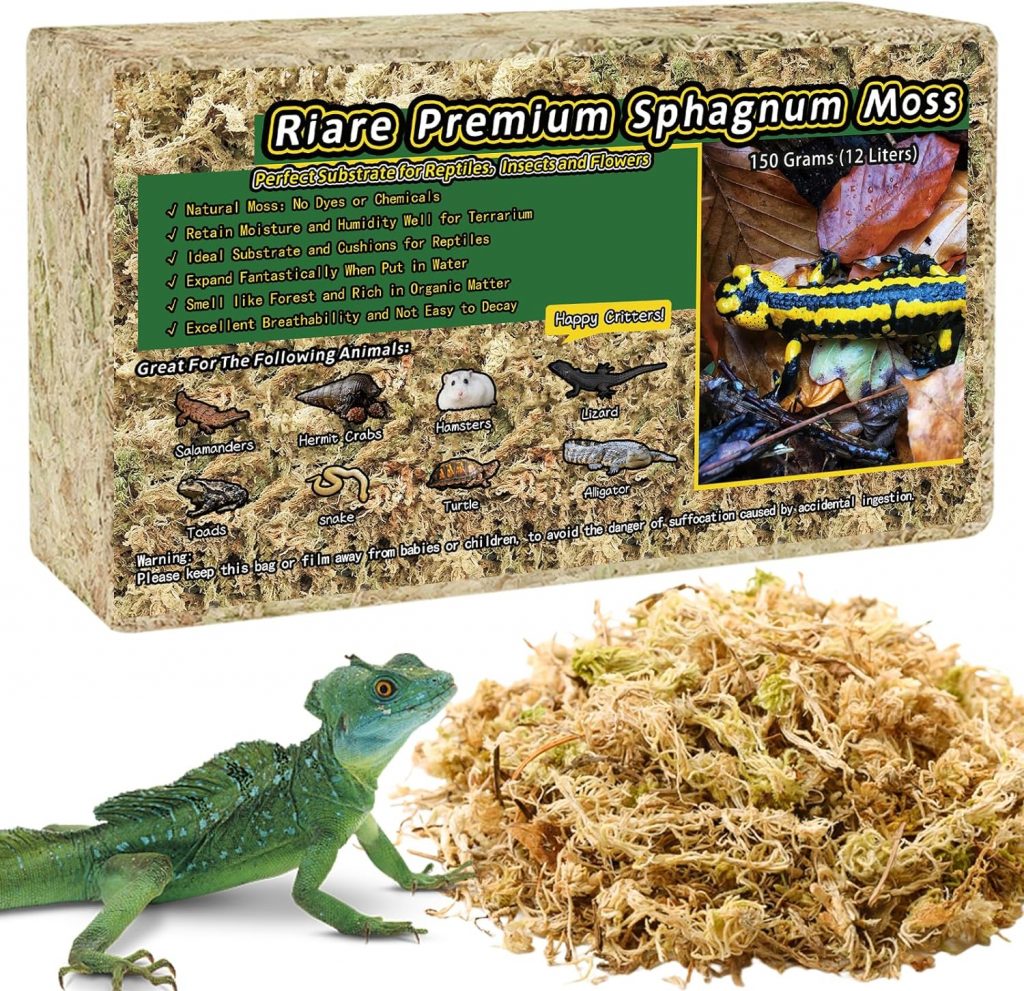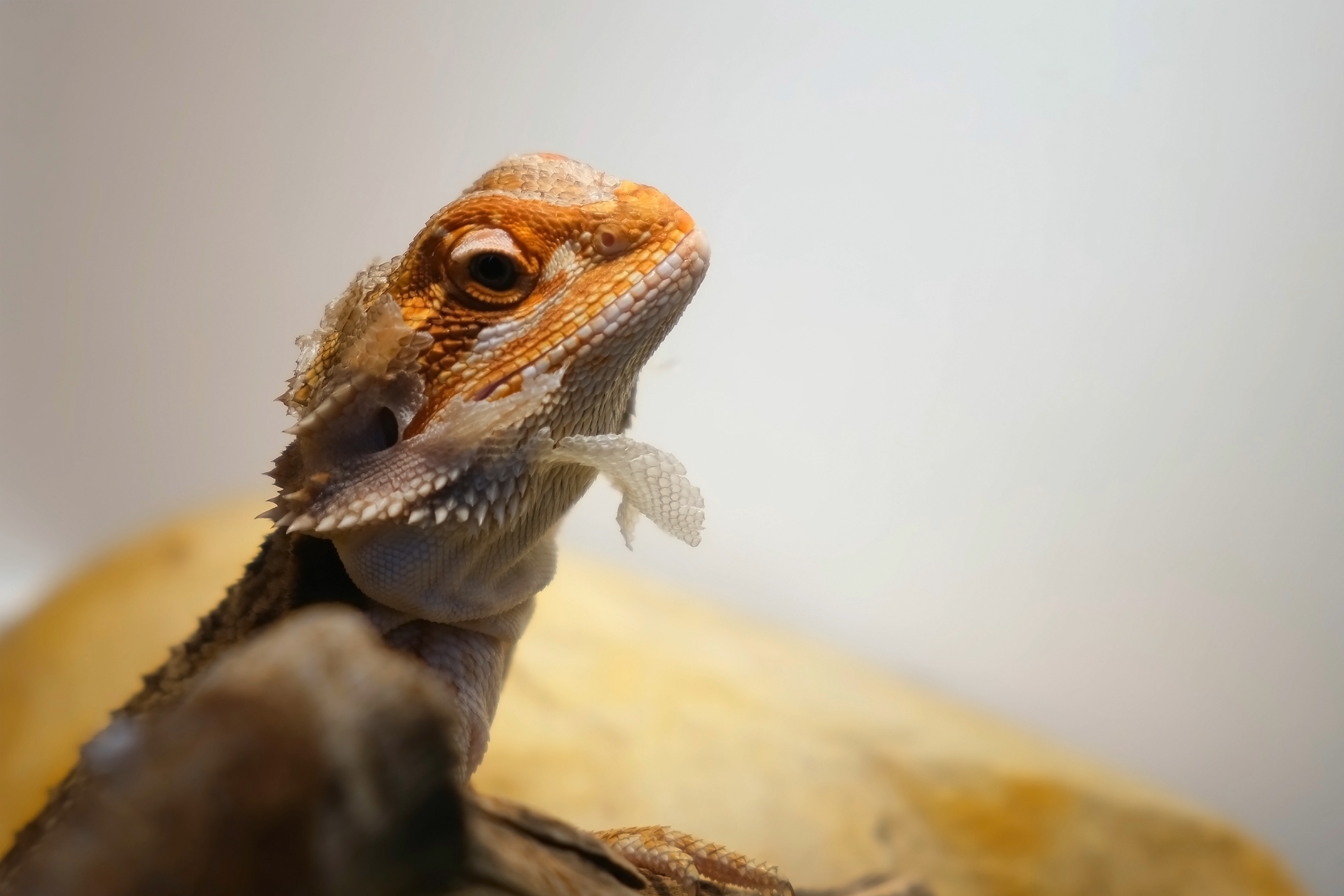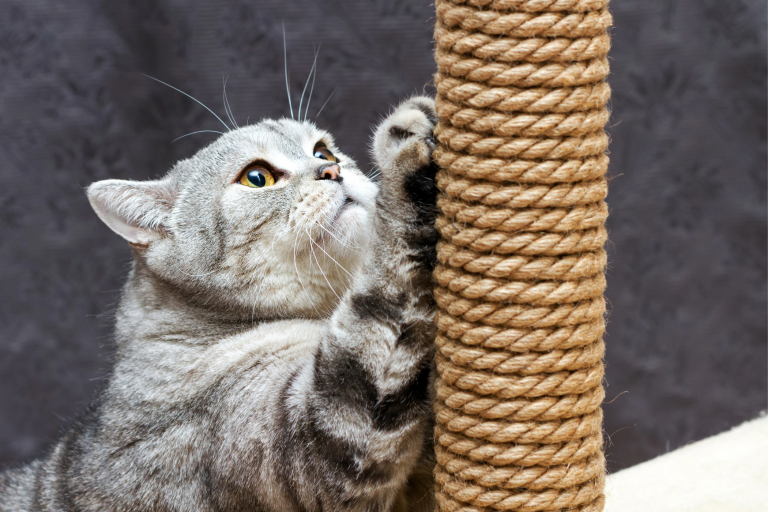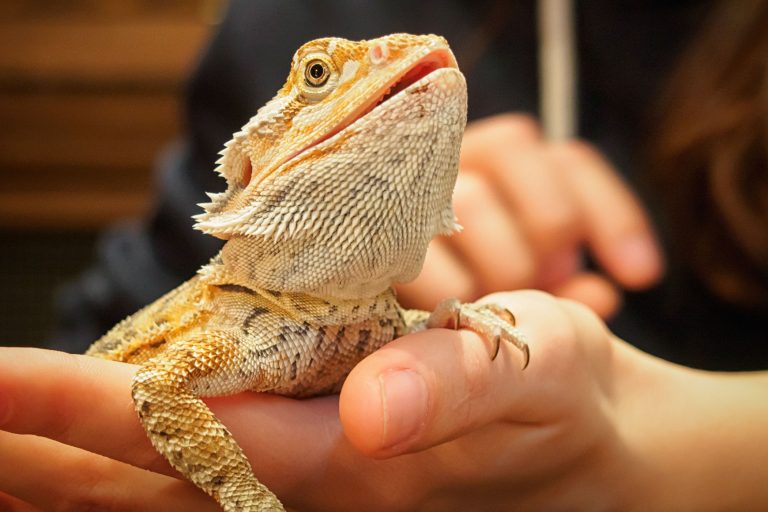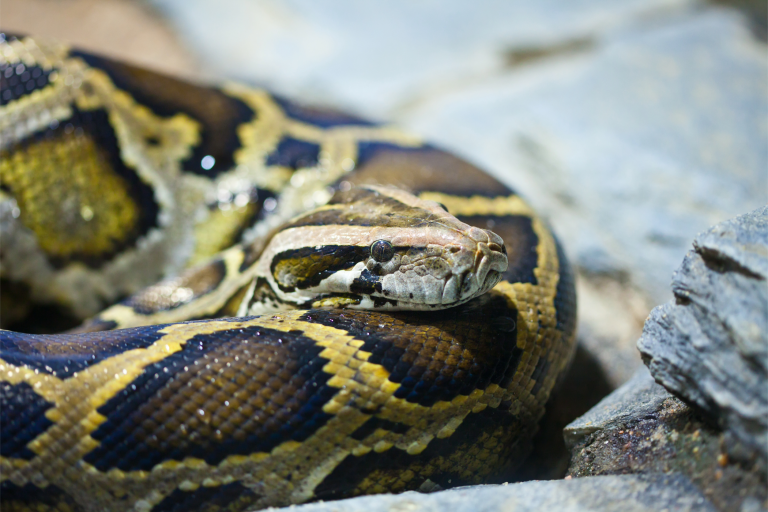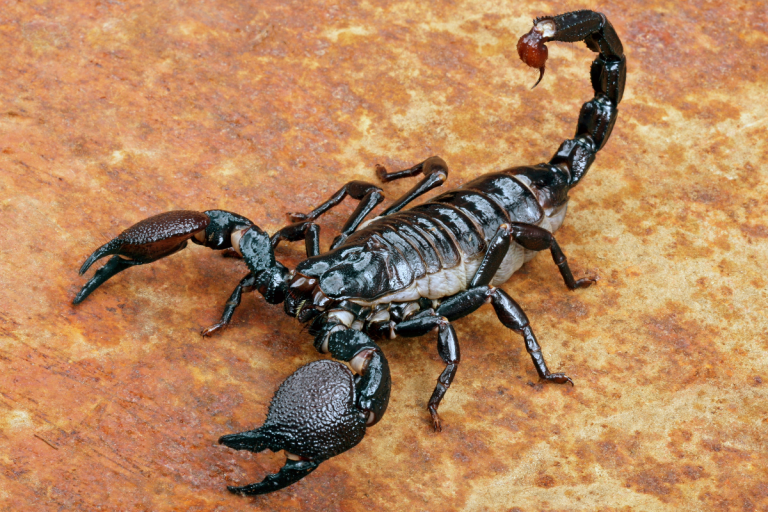Stuck Shed
When a reptile has a stuck shed, it is important to address the issue promptly to prevent complications like retained shed, skin infections or difficulty in breathing and movement. Here are steps you can take to help a reptile with a stuck shed.
Increase Humidity
Most stuck shed issues in reptiles are related to inadequate humidity. Increase the enclosure’s humidity to create a more suitable environment for shedding. This can be done by misting the enclosure, using a reptile-specific humidifier, or providing a humidity box (a small container with a damp substrate, like moss).
Soaking
Give your reptile a warm bath to help soften and loosen the stuck shed. The water should be lukewarm, not hot or cold and the depth should be shallow enough that the reptile can keep its head above water. Soaking for 15-30 minutes can be extremely helpful.
Gently Assist
After soaking, use a soft, damp cloth, a Q-Tip or your fingers to rub the stuck shed gently. Be extremely careful to avoid injuring the reptile’s skin. Avoid pulling or tearing the skin, as this can hurt the animal.
Remove Loose Shed
After softening the shed, you can gently try to remove it using tweezers or your fingers. Again, be extremely careful to avoid causing any harm to the reptile. Do not force or rush the process.
However, if the shed doesn’t come off completely, like with the toes of lizards. The retained skin can build up with each shed until circulation is cut off to a toe or foot. The animal will lose that toe or foot. Unlike some lizard tails, toes and feet do not grow back! Once they are gone, they are gone forever. So keep an eye on the feet if there are shedding issues.
Watch for Stuck Shed
Keep a close eye on your reptile after addressing the stuck shed. Make sure there are no signs of infection or further issues. Proper shedding should reveal clean, vibrant skin underneath.
Retained Eye Caps
Snakes shed their eye caps (skin covering the eyes). It is extremely important that this sheds every time with the rest of the skin. Layers of retained eye caps can build up, just like the retained skin of toes on lizards. But in this case, it will cause the snake to lose its vision. Unskilled removal of these retained eye caps can damage the eye of the snake. If your snake has several layers of shed built up on the eyes, take the animal to a qualified veterinarian where the skin can be removed safely.
Prevent Future Issues
To prevent future shedding problems, ensure that your reptile’s enclosure maintains the appropriate humidity levels for its species. Providing a shedding box or humid hide can is a necessity for some animals, especially in the winter when the air in your home is drier or in locations where the air is always dry.
If the problem persists or if the reptile’s skin appears injured or infected, consult a qualified veterinarian with experience in reptile care. They can provide professional advice and treatment.
Remember that it is absolutely essential to be patient and gentle when assisting a reptile with a stuck shed. Rough handling can lead to injury or stress.
Sphagnum moss is ideal for reptile hide boxes